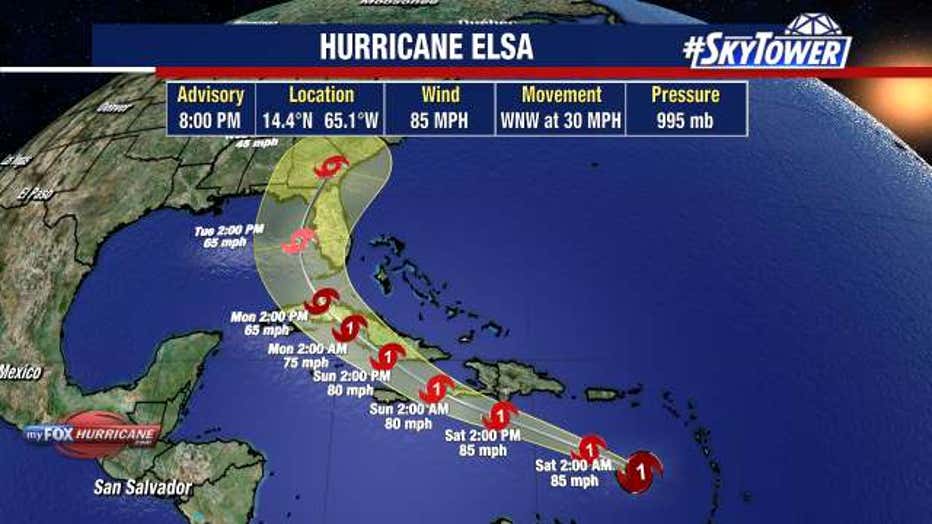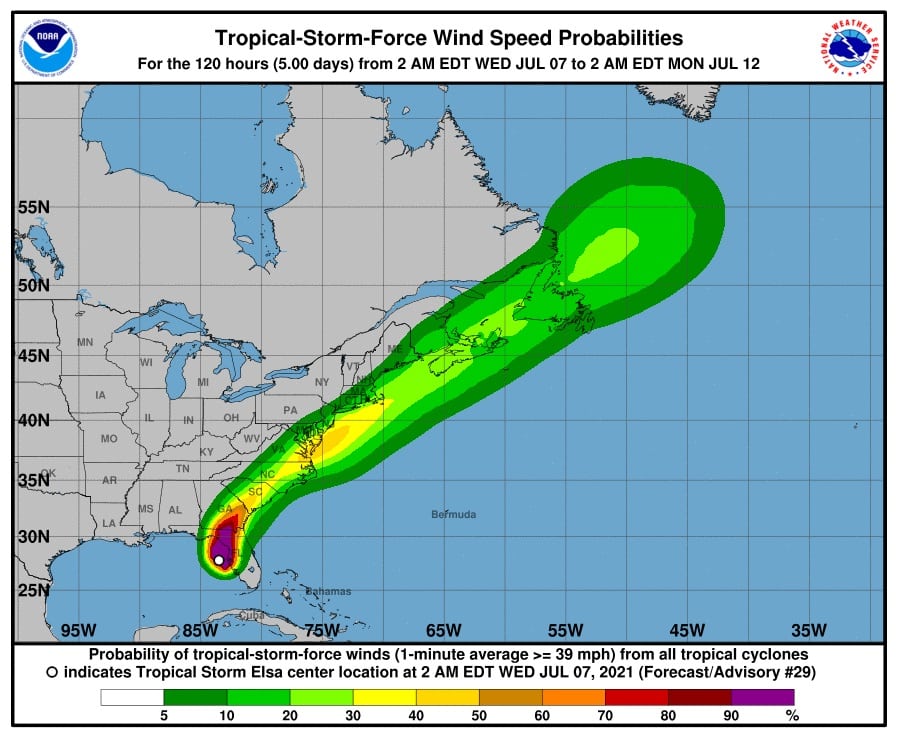

Radial velocity response (shaded) for the (a) full CRF forcing field, (b) CRF 0 component. Simulations from the dry version of CM1, forced by the difference between the CRF-on storm cloudy and clear-sky radiative tendencies (contoured as in Fig. Difference fields with respect to CRF-off case for (d) CRF-fixed, (e) only negative CRF forcing (CRF 0). Averaged fields for (a) CRF-fixed, (b) CRF-fixed with only negative CRF forcing (CRF 0). 9, but for members of the CM1 CRF-fixed experiment. In (c), the color legend at bottom left is used, other panels use the bottom-right legend.Īs in Fig. Letters “C” and “W” highlight local maxima of diabatic cooling and warming, respectively. Radial profiles of the temporally averaged 10-m wind speed from CM1 experiments using Thompson MP and Goddard radiation and including CRF-on, CRF-off and CRF-fixed cases. The averaging period was between days 9 and 12, inclusive. (c) The CRF-on minus CRF-off difference fields. The 20 m s −1 tangential wind contour highlighted. Temporally averaged radial (shaded) and tangential (contoured at 10 m s −1) wind from the axisymmetric CM1 simulations using Thompson MP and Goddard radiation for the (a) CRF-on and (b) CRF-off cases. As defined in the text, “microphysics forcing” refers to the potential temperature tendency owing to latent heating and cooling. 4, but for microphysics forcing (shaded, note logarithmic scale) and equivalent potential temperature (10-K contours, 340-K contour highlighted), computed from D3. (d) The Thompson/GFDL storm its dashed lines represent the GFDL scheme’s undisturbed clear-sky profiles.Īs in Fig. (a) The undisturbed clear-sky profile from the RRTMG scheme is also included for the Thompson (b) CRF-on and (c) CRF-off cases. Vertical profiles of areally and temporally averaged radiative forcing tendencies, showing LW (blue), SW (red), and net (black) radiation (K day −1). The LW and SW contributions to the CRF-on storm net radiative forcing field, averaged over a full diurnal cycle, superposed on the total condensate field (cf.

As defined in the text, “radiative forcing” refers to the potential temperature tendency owing to radiative processes. 4, but for total condensate (shaded, note logarithmic scale) and net radiative forcing field. The 20 m s −1 tangential wind contour is highlighted.
/cloudfront-us-east-1.images.arcpublishing.com/gray/NHDM3TKCFFFDDAOB4PTJ35PKCU.png)
Radius vs height cross sections showing the symmetric components of radial (shaded) and tangential (contoured at 10 m s −1) wind from HWRF simulations using Thompson MP and RRTMG radiation for the (a) CRF-on and (b) CRF-off cases.

Radii of the 34-kt (17.5 m s −1) wind are indicated. The Thompson/RRTMG CRF-on and CRF-off simulations are shown, along with a Thompson simulation made using the HWRF GFDL radiation scheme. Radial profiles of the azimuthally averaged 10-m wind speed from the HWRF day-4 composite, computed from D3. The 400 × 400 km 2 square portion of D2 is shown, as are 100- and 200-km range rings. Fields were averaged in a vortex-following sense over day 4 of the simulations. Vertical velocity averaged from the surface to 500 hPa (mass weighted) from HWRF simulations using Thompson MP and RRTMG radiation for the (a) CRF-on and (b) CRF-off cases. Although land areas are plotted to provide a sense of scale, there is no land in these semi-idealized simulations. The outer (27 km) domain is approximately an 80° × 80° square, while the inner nests are about 11° × 10° and 6° × 5° for the 9-km and 3-km domains, respectively. Domain configuration for the HWRF simulations.


 0 kommentar(er)
0 kommentar(er)
